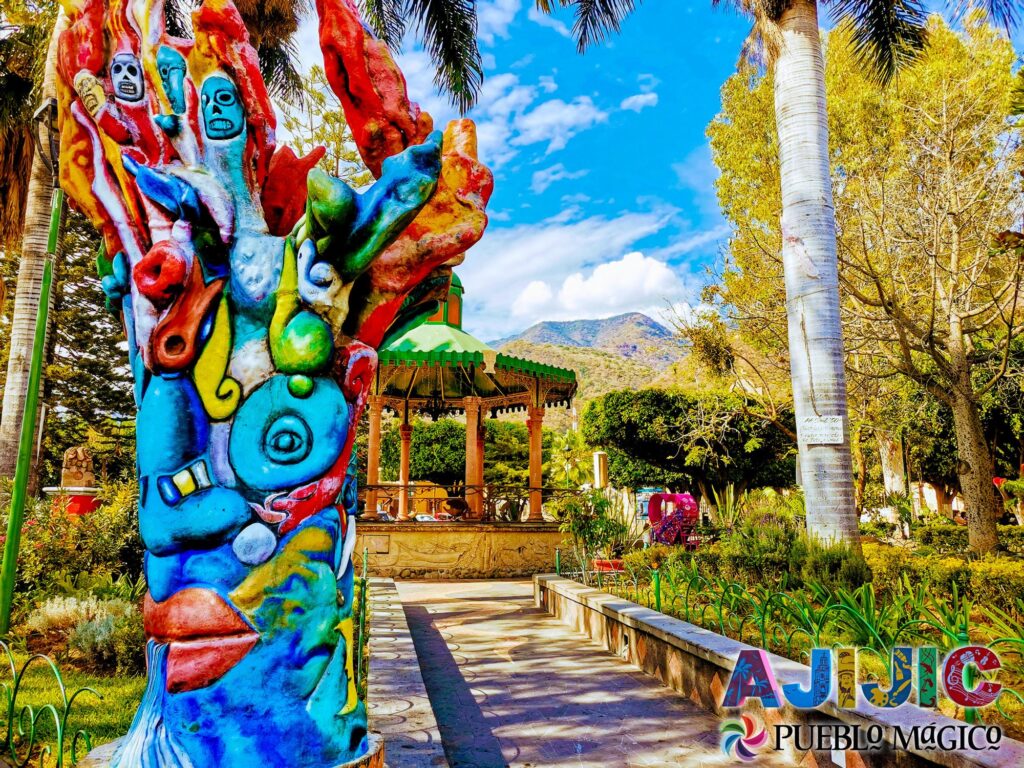Step back in time and uncover the hidden charm of Ajijic, a village where the echoes of a simpler era still resonate. Before the influx of tourists and modern amenities, life in Ajijic moved at a slower pace, guided by the rhythms of nature and tradition.
Join us as we delve into the captivating history of this Mexican village, where horses clip-clopped through cobblestone streets, women gathered at the lake to wash clothes, and European intellectuals found solace in its tranquil embrace.

Ajijic: Echoes of a Simpler Time
Our beautiful and magical village of Ajijic once embraced a life of rural tranquility. Cars were a rare sight, while horses and donkeys served as the primary modes of transportation, carrying harvests from the surrounding hills and fields.
The town square featured a well, the source of water for all needs, as modern plumbing and sewage systems were absent. Women would gather at the lake to wash clothes, using stones as makeshift washboards.

Telephones and television were nonexistent. However, in the early 1900s, Ajijic caught the eye of European intellectuals and became a haven for those fleeing political persecution after World War I. These bohemian and artistic newcomers integrated with the local community, infusing Ajijic with a unique and enduring character.
While Ajijic has evolved over time, becoming increasingly popular with tourists, it retains the magical essence that makes it so special. The echoes of its simpler past continue to resonate within its cobblestone streets and the warmth of its people.

(Note: If you have more photos, please send them in a message and we will add them to the article. Photographs were taken from the Internet. We do not take credit for any. If you know the name of the photographer, let us know!)


